Electrical defects can result in shock, injury and fires. The good news is that most electrical defects can be corrected without spending a fortune.
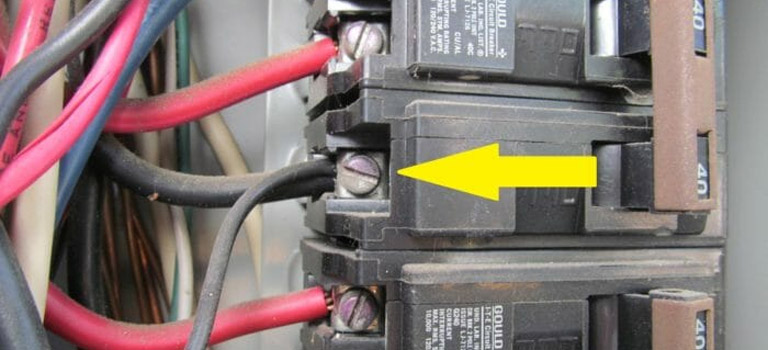
1. Double Tapping of Circuit Breakers
Double tapping is basically two or more "hot" wires running to one circuit breaker. By "hot" we are referring to energized wires, ones that can shock you. The older the home is or the more remodeling that has been done, the more likelihood of this condition existing.
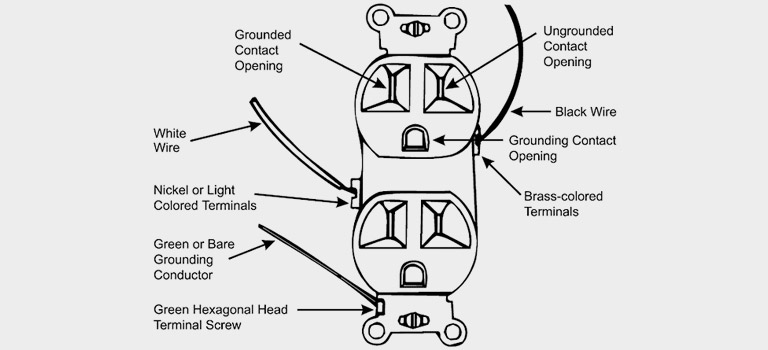
2. Reversed Polarity
Outlets with reverse polarity cannot be identified by just looking at them. Generally, a small electrical tester is used to determine if an outlet has reverse polarity. Most small appliances work even if an outlet has reverse polarity. However, there can be a safety issue with some lamps or a few appliances. (Note that electricians refer to outlets as receptacles.)
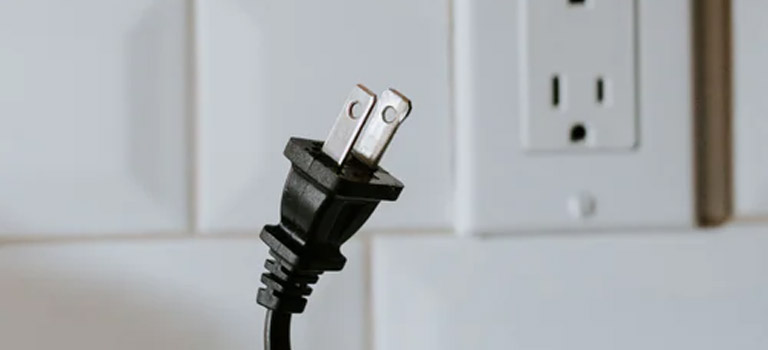
3. Ungrounded 3-Prong Plugs (Outlets)
Ungrounded outlets are a safety concern, and under some circumstances, a person can be shocked when using an ungrounded outlet. Older homes often have ungrounded outlets because only a hot and neutral wire were run to the outlets. If the outlet was installed by a homeowner, then it may not be grounded, even if it was a code requirement at the time.
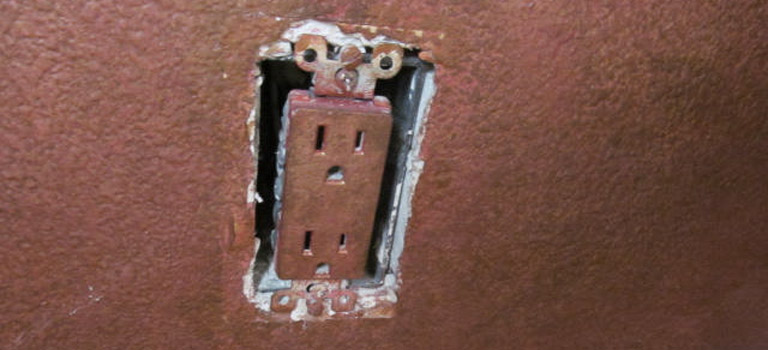
4. Painted Outlets
Inspectors generally recommend that any outlet with paint on it be replaced. One reason for this is that if paint (or even drywall mud) has gotten into the slots, then this may cause overheating and a fire. Also, if the outlet is a tamper-resistant type and the paint affects the operation of the tamper-resistant mechanism, then it becomes a safety concern.
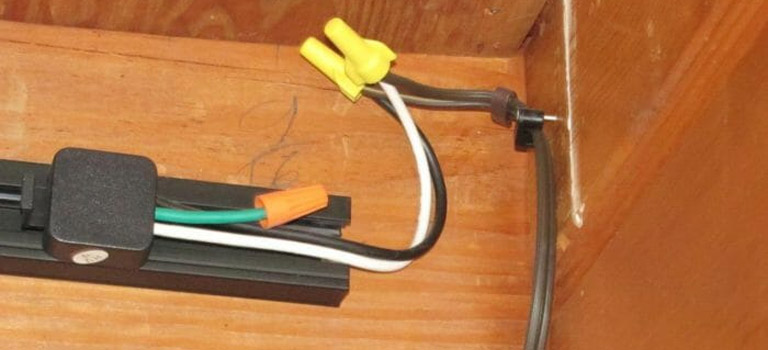
5. Exposed Wiring and Splices
Exposed wiring is a safety concern in some locations and may be subject to mechanical damage. Exposed splices are likewise a safety concern. If the wire ends become bare and exposed, arcing may occur, which can cause fires. Having all splices done in an electrical junction box with a cover is much safer.
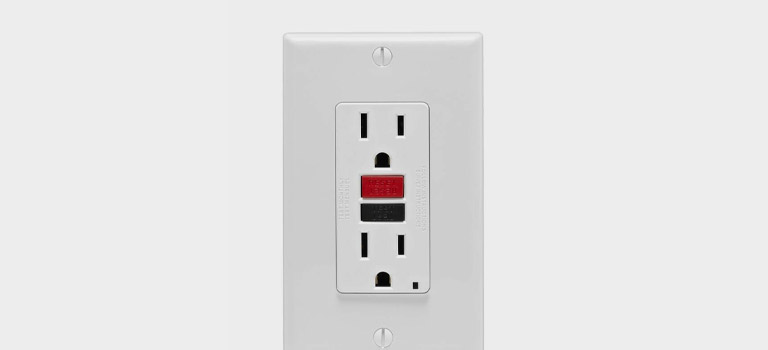
6. No GFCI Protection
GFCI outlets are great safety devices and save many lives from electrical shock. The outlets will trip immediately if a slight imbalance of current is noted. GFCIs can react as quickly as one-thirtieth of a second, much faster than a standard circuit breaker. Many homes do not have any or do not have them in the proper locations. GFCI outlets should be in bathrooms, kitchens, exterior areas, and garages, to name just a few.
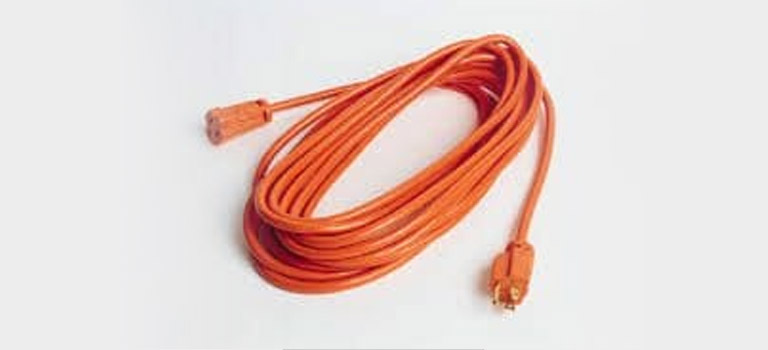
7. Extension Cords as Power Source
One of the more overlooked issues is the use of extension cords around the home. Any device (light, appliance, etc.) that is not temporary should not have an extension cord running to it. This includes the use of an extension cord running to a garage door opener.
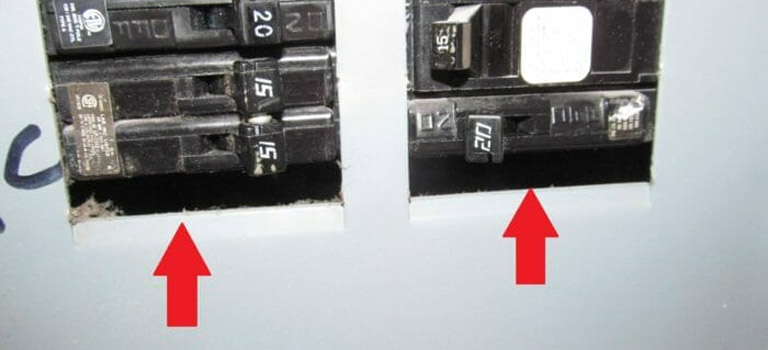
8. Panel Missing Knockouts
Electrical panels have two types of knockouts. One is rectangular and the other is round. When you open the door of an electrical panel, there may be a slender rectangular piece missing. The other type of knockout is a round one. At times, these get removed and the electrician forgets to put a round plug in the empty hole.
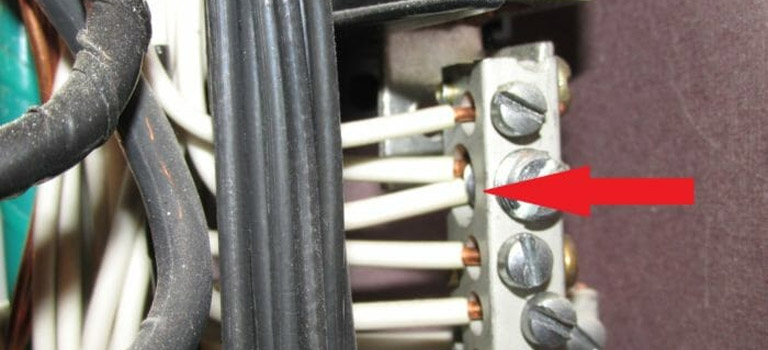
9. Two Neutrals in One Slot
Inspectors often find two or more neutral wires placed into one slot or hole in the neutral bar of an electrical panel. Generally, this does not create a problem. However, if the set screw does not firmly hold the wires tightly, then, over time, “connection creep” may occur.
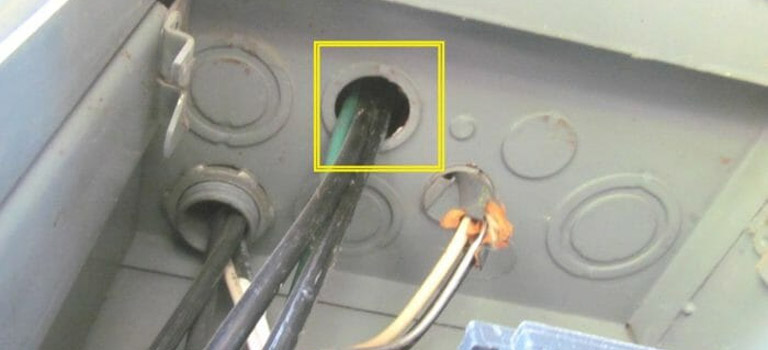
10. Wiring Against Sharp Metal Edges
Wires that are exposed to sharp metal edges in panels and junction boxes may have damage to the insulation cover of the wire. There should be a proper bushing or wire clamp holding or protecting the wires from the sharp metal edges.
